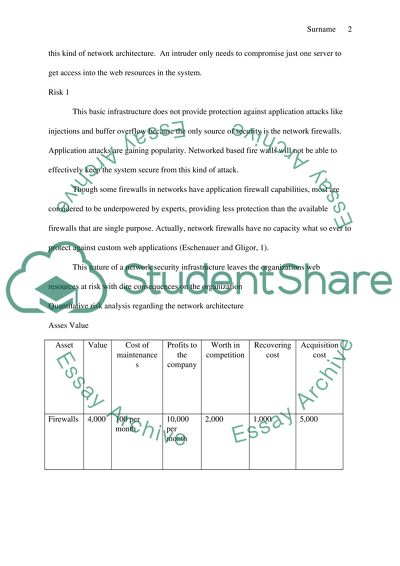Cite this document
(“Network Risk Assestment and recommended actions Research Paper”, n.d.)
Network Risk Assestment and recommended actions Research Paper. Retrieved from https://studentshare.org/information-technology/1403110-network-risk-assestment-and-recommended-actions
Network Risk Assestment and recommended actions Research Paper. Retrieved from https://studentshare.org/information-technology/1403110-network-risk-assestment-and-recommended-actions
(Network Risk Assestment and Recommended Actions Research Paper)
Network Risk Assestment and Recommended Actions Research Paper. https://studentshare.org/information-technology/1403110-network-risk-assestment-and-recommended-actions.
Network Risk Assestment and Recommended Actions Research Paper. https://studentshare.org/information-technology/1403110-network-risk-assestment-and-recommended-actions.
“Network Risk Assestment and Recommended Actions Research Paper”, n.d. https://studentshare.org/information-technology/1403110-network-risk-assestment-and-recommended-actions.


